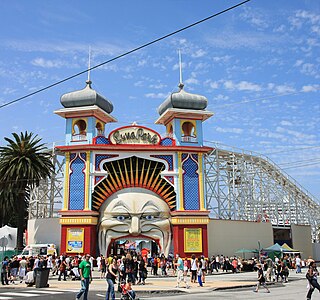
William Forbes Skene WS FRSE FSA(Scot) DCL LLD, was a Scottish lawyer, historian and antiquary.

Robert Hoddle was a surveyor and artist. He is best known as the surveyor general of the Port Phillip District from 1837-1853, especially for creation of what is now known as the Hoddle Grid, the area of the CBD of Melbourne. He was also an accomplished artist and depicted scenes of the Port Phillip region and New South Wales. Hoddle was one of the earliest-known European artists to depict Ginninderra, the area now occupied by Canberra, Australia's National Capital.

John Pascoe Fawkner was an early Australian pioneer, businessman and politician of Melbourne, Australia. In 1835 he financed a party of free settlers from Van Diemen's Land, to sail to the mainland in his ship, Enterprize. Fawkner's party sailed to Port Phillip and up the Yarra River to found a settlement which became the city of Melbourne.
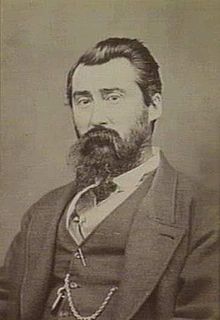
Sir Malcolm Fraser was Surveyor-General in colonial Western Australia from 1872 to 1883 and Agent-General for the colony 1892 to 1898.
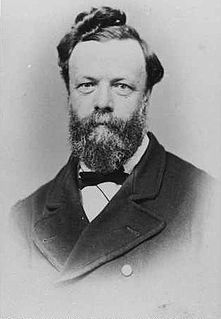
George Woodroffe "Bud" Goyder was a surveyor in the Colony of South Australia during the latter half of the nineteenth century.

William John Wills was a British surveyor who also trained as a surgeon. He achieved fame as the second-in-command of the ill-fated Burke and Wills expedition, which was the first expedition to cross Australia from south to north, finding a route across the continent from the settled areas of Victoria to the Gulf of Carpentaria.

Sir Charles Augustus FitzRoy was a British military officer, politician and member of the aristocracy, who held governorships in several British colonies during the 19th century.
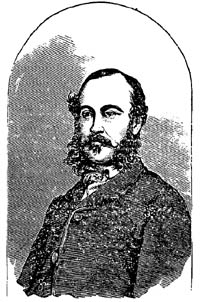
Robert Brough Smyth was an Australian geologist, author and social commentator.

Major General James William Macarthur-Onslow, was a soldier, grazier and politician. The son of a prominent New South Wales family, he was commissioned in the New South Wales Mounted Rifles in 1892 and served in the Chitral Expedition, Second Boer War and the First World War. Afterwards he served in the New South Wales Legislative Assembly and New South Wales Legislative Council.

Edward John Dunn was an English-born Australian geologist, winner of the 1905 Murchison Medal.
Alexander Morrison was Headmaster of Scotch College, Melbourne, Australia, for 47 years.
Sir Robert George Crookshank Hamilton KCB, was the sixth Governor, and the Commander-in-Chief of the then British colony of Tasmania from 11 March 1887, until 30 November 1892, during which time he oversaw the ministries of two Tasmanian Premiers. Sir Philip Fysh and Henry Dobson, both of whom, he curiously insisted on incorrectly referring to as Prime Minister.

George Christian Darbyshire was an English and Australian civil engineer. He was the second son of George Darbyshire, also a surveyor and railway engineer.
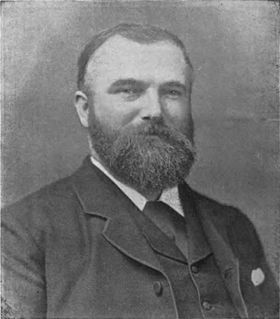
Alexander Macbain was a Scottish philologist, best known today for An Etymological Dictionary of the Gaelic Language (1896).

Archibald McDowall was a Surveyor General of Queensland,.
Walter Madden was an Australian politician, member of the Victorian Legislative Assembly from 1880 to 1894.
James Joseph Casey was a politician in colonial Victoria (Australia), a member of the Victorian Legislative Assembly almost continuously from 1861 to 1880, County Court Judge and Land Tax Commissioner, Victoria.

Andrew Skene FRSE (1784–1835) was a Scottish advocate who rose to the highest level for his profession: Solicitor General for Scotland.






